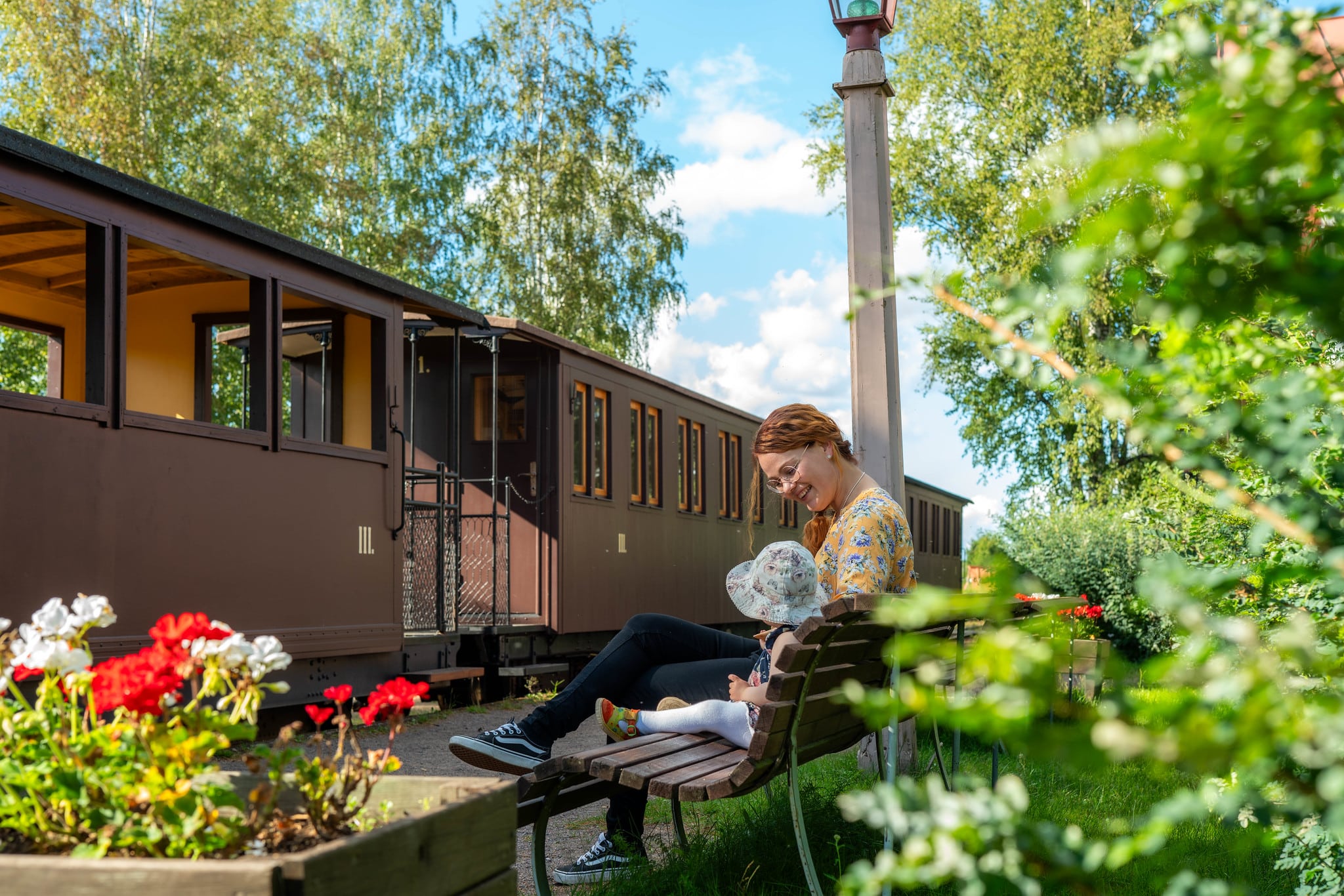Jokioinen
Jokioinen – a piece of finnish countryside
In Jokioinen, the beautiful scenery and the cultural environment exist harmoniously side by side. The main features of Jokioinen are the Jokioinen Estate with its historic buildings, manufacturing industry, and research and science institutes. These are an integral part of the life of the inhabitants, and they are also very visible to visitors.
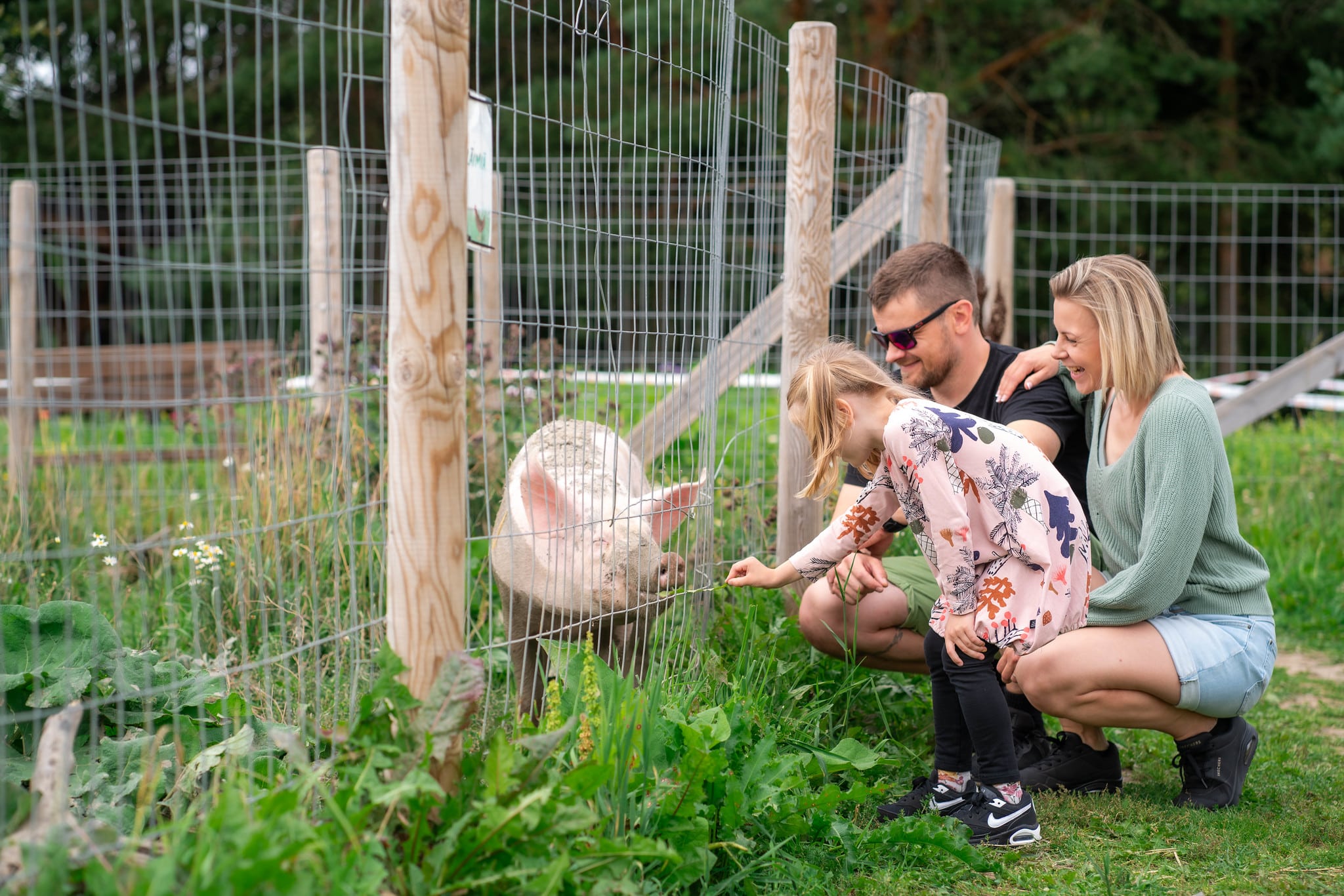
History and the future
The Jokioinen story starts with the land and its farming. In the centre of Jokioinen, the stately manor estate setting with its parklands and plush gardens emanate the atmosphere of the bygone era. The Natural Resources Institute Finland (LUKE) and the agricultural exhibition and domestic animal park, Elonkierto, have naturally found their places in Jokioinen, in the middle of the beautiful Tavastia Proper landscape.
During summer months, you can hop on the stem train, or give your muscles a workout by taking on the handcars for a run – in that case it is a good idea to ‘tank up’ in one of the many restaurants and cafés in Jokioinen.
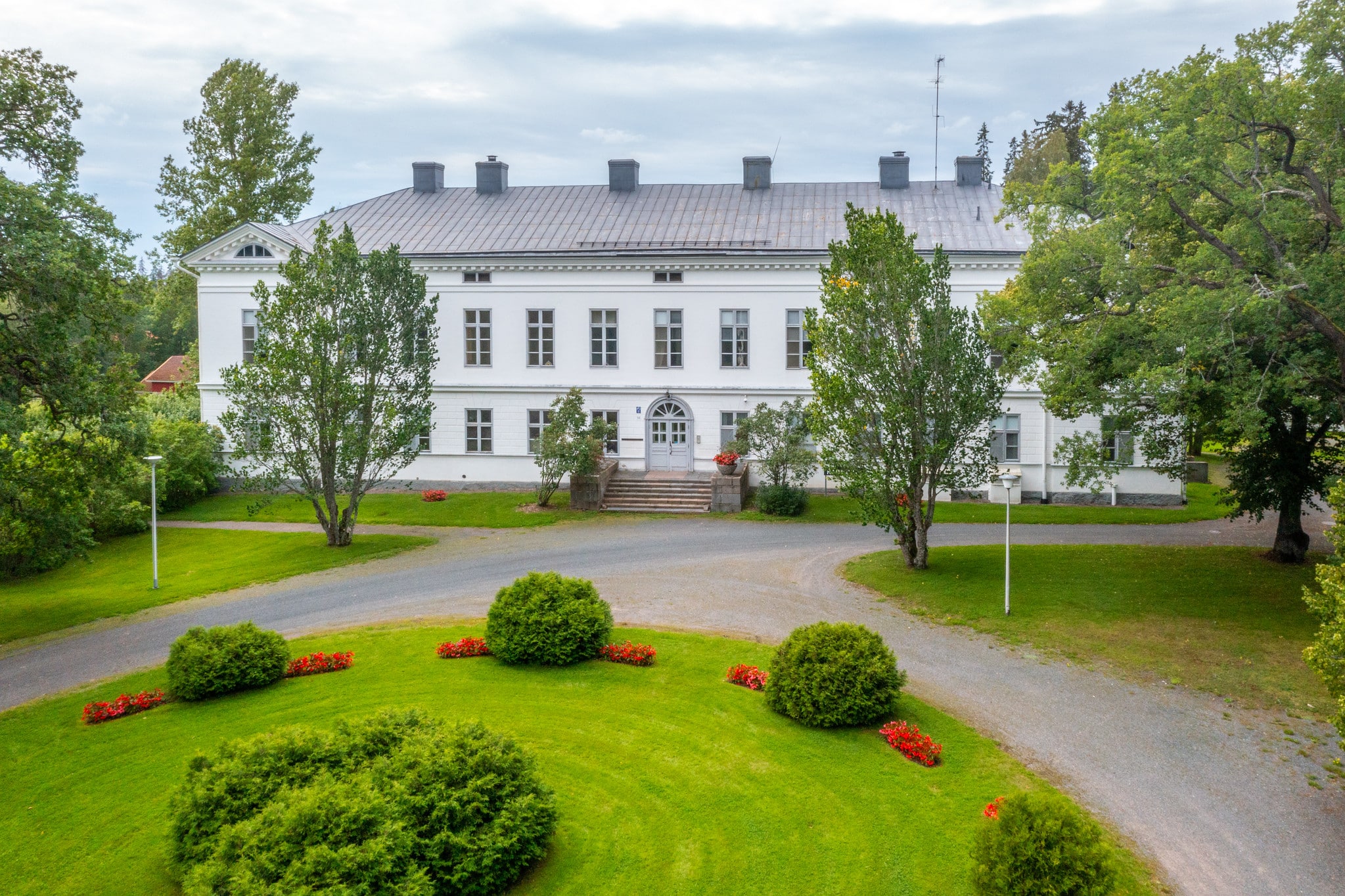
Municipality and the manor estate
The history of Jokioinen is tightly interwoven with the Jokioinen Estate. The Estate was established in 1562, when the King Eric XIV of Sweden granted the land to Klaus Horn. It developed into the largest estate in Finland during the time of the provincial governor Ernst Gustaf von Willebrand who moved to the Estate towards the end of the 18th century. By early 1900s, the Estate had acquired a corn mill, a saw mill, a brick factory, a steel plant, and sugar and syrup factories.
As a result of the Tenant Farmers’ Act of 1918 and the Land Acquisition Act of 1920s, the Estate was divided into 950 small farms. The rest of the Estate was transferred to the ownership of the Finnish state in 1918. In 1928, the Department of Finnish Plant Breeding was transferred to the Estate and Jokioinen.
In Jokioinen, the beautiful scenery and the cultural environment exist harmoniously side by side. The main features of Jokioinen are the Jokioinen Estate with its historic buildings, manufacturing industry, and research and science institutes. These are an integral part of the life of the inhabitants, and they are also very visible to visitors.
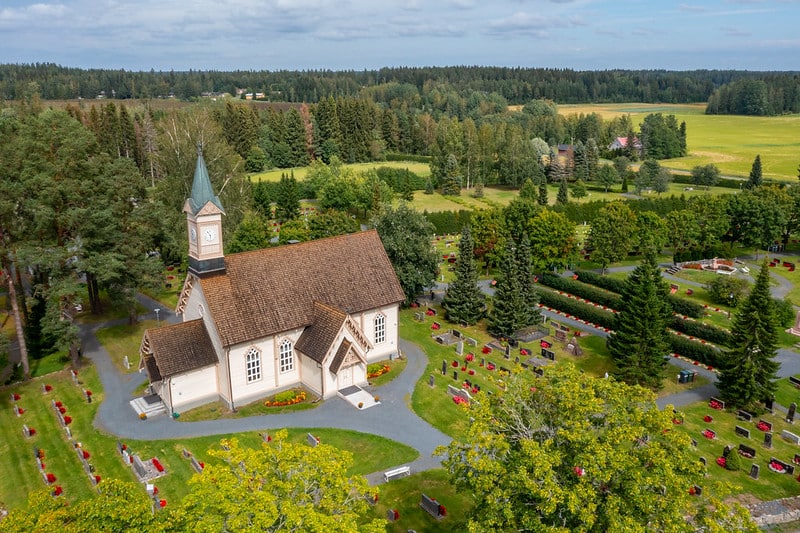
Trip throught the decades
In Jokioinen there are several interesting sights for experiencing the local history. The Jokioinen Church is from the 17th century and one of the oldest wooden churches in Finland, which are in use around the year.
The Parsonage Museum preserves evidence of the ways of life in a country vicarage in the mid-1800s. The collections also include mementos of Finland’s first female minister’s Miina Sillanpää’s life.
The Jokioinen Museum Railway operates on a 14-kilometres-long narrow gauge track during summer weekends with authentic old steam engines. The unique Narrow Gauge Museum, a souvenirs shop, and a summer café are located in Minkiö Station.
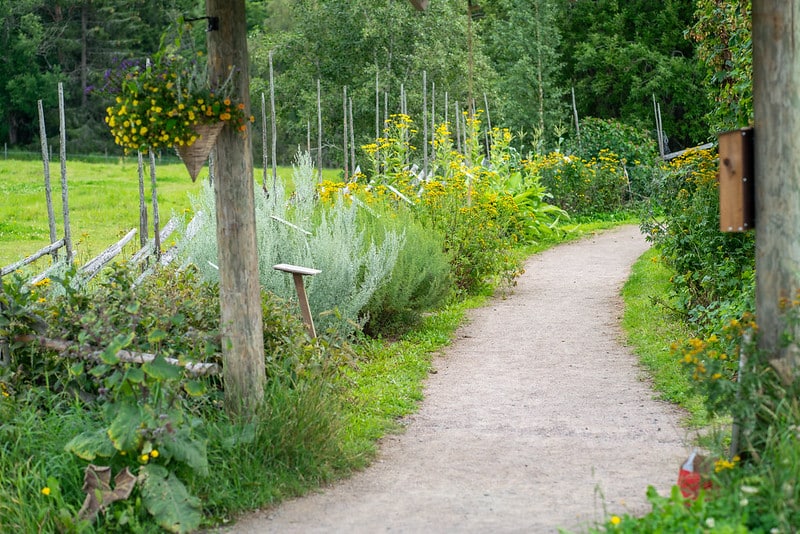
Exhibition parks
Elonkierto is an agricultural exhibition park and describes the story of Finnish agriculture, agricultural research, and how it is applied to the natural environment. The Estate park and the Wendla Garden house old plants and trees that have grown at the Jokioinen estate park.
In the Wendla Garden, FinE-species grow from a national genetic resources programme.
Ferraria Slope in Jokioinen is a park that showcases the diversity, and cultivation history of Finnish fruit and berry plants. The best way to explore the garden is by tasting.
In the Aistipuutarha sensory garden in the centre allow visitors to taste variety of berries and plants and close their eyes to enjoy the scents of summer.
